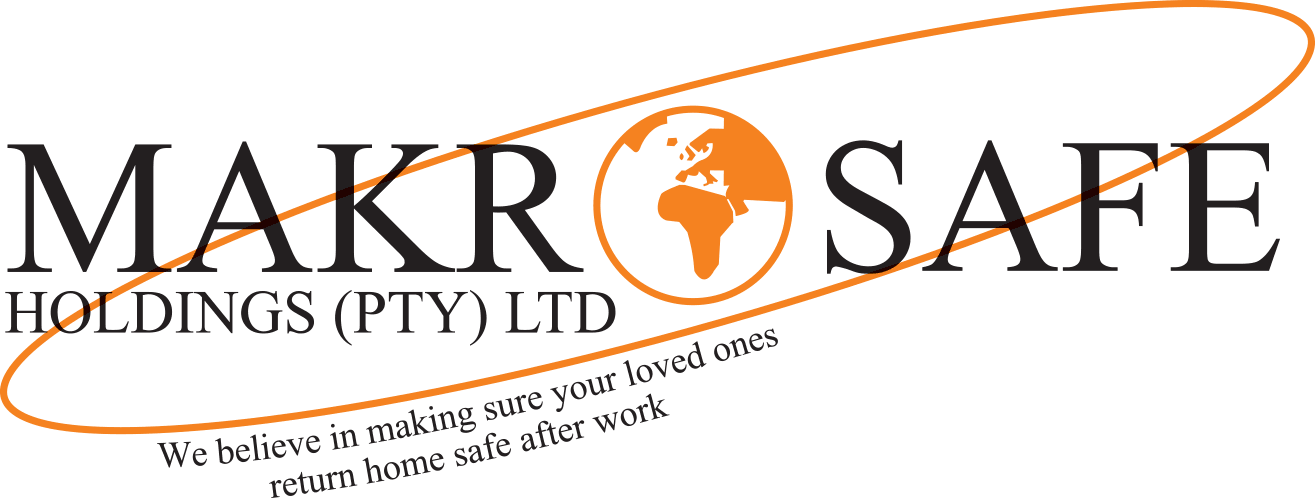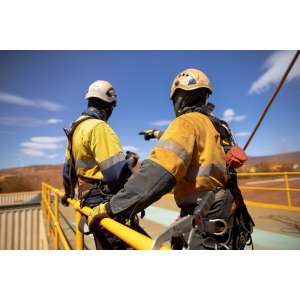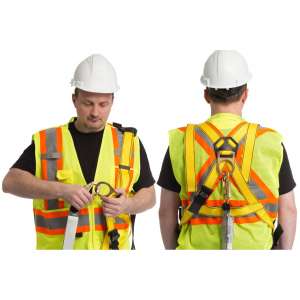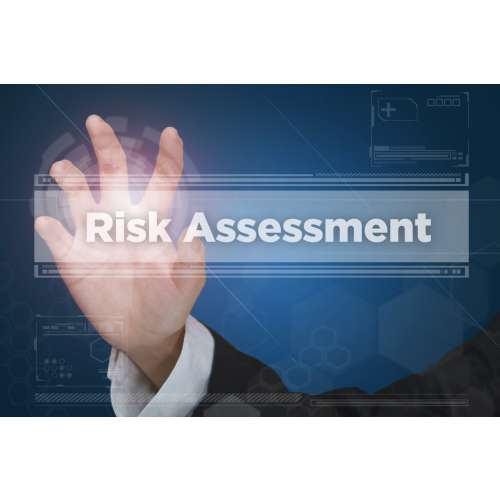Risk Assessment Training - Per Person
Was R2024.00 Excl VAT
R1439.48 Excl VAT
How to qualify for a discount?
WHO SHOULD DO THIS RISK ASSESSMENT TRAINING?
This course should be done by employees with responsibilities for conducting and drafting health and safety risk assessments in the workplace.
WHY IS THIS TRAINING IMPORTANT?
This course provides evidence that persons responsible for conducting health and safety risk assessments in the workplace have been trained and are competent to do so. Attendees will be able to explain the legal and specified requirements for conducting continuous risk assessments and be able to prepare and conduct a continuous risk assessment for the workplace and, where necessary, initiate remedial action and follow up on a continuous risk assessment.
BASIC COURSE CONTENTS
This course includes the following important aspects;
Explaining the legal and specified requirements for conducting continuous risk assessments.
Explaining the continuous risk assessment process and the relevant documentation required for conducting a continuous risk assessment.
Explaining the relevant hazards and risks likely to be encountered during a specific risk assessment.
Explaining the importance of conducting a risk assessment in a manner that fosters teamwork and avoid conflict is explained.
Preparing to conduct a risk assessment, including selecting the appropriate documentation and evaluating the various physical and environmental conditions which could exist.
Explaining the persons tools and materials required to conduct the risk assessment and verifying these are fit for purpose and available.
Explaining the consequences for not conforming to legal and specified requirements in preparing for risk assessment.
Conducting a continuous risk assessment.
Conducting hazard identification correctly.
Identifying significant hazards systematically, utilising the elected hazard identification technique.
Explaining how the relevant documentation is completed and initiating remedial action and follow up on a continuous risk assessment.
Implementing remedial action for hazards.
Implementing follow up action on continuous risk assessment.
Explaining the consequences of non compliance to the procedures for initiating remedial action and follow up on a continuous risk assessment.
COURSE DETAILS
The course duration is two (2) days.
Training can be conducted:
On-site: for a minimum of ten (10) and maximum of twenty (20) attendees per group.
Public training venue: for less than ten (10) attendees per group.
The course programme includes facilitator presentations, readings, individual activities, group discussions and skill application exercises.
BENEFITS OF THE TRAINING
Attendees who are determined to be competent will be able to:
Explain the relevant documentation required for conducting a continuous risk assessment.
Explain the relevant hazards and risks likely to be encountered during a specific continuous risk assessment.
Explain the importance of conducting continuous risk assessments in a manner that fosters teamwork and avoids conflict.
Explain and evaluate various physical and environmental conditions which could exist in the workplace.
Explain how hazard identification is conducted correctly.
TRAINING OUTCOME
Successful attendees will receive a certificate of competence.
ACCREDITATION
Risk Assessment training is aligned to registered unit standards and is accredited by SAIOSH as meeting the academic requirements for 2 CPD Credits. Attendees will be assessed against the outcomes of the unit standards by completing a knowledge assignment that covers the essential embedded knowledge stipulated in the unit standards, and by compiling a portfolio of evidence that provides proof of their ability to apply the learning to their work situation.
Add a review

Other Products that might interest you
-
Sale!
Add to Cart
View
Details

Working At Heights: Fall Arrest Systems - Per Person
Was R1035.00 Excl VAT
R899.68 Excl VAT -
Sale!
Add to Cart
View
Details

Working At Heights: Fall Arrest Systems with Rescue - Per Person
Was R1035.00 Excl VAT
R899.68 Excl VAT -
Sale!
Add to Cart
View
Details

Working At Heights: Fall Protection Planner - Per Person
Was R1035.00 Excl VAT
R899.68 Excl VAT -
Sale!
Add to Cart
View
Details

Task Based Risk Assessment Communication - Per Task
Was R3450.00 Excl VAT
R3042.54 Excl VAT



